Around 100 billion items of clothing are delivered out of garment factories around the world every year. Collectively, the world’s population buys 400 per cent more clothes than we did 20 years ago.
The scale and speed at which clothing is produced and consumed now has given us the term “fast fashion”. The long tradition of Spring/Summer and Autumn/Winter collections has been replaced with an almost weekly turn-over of new trends, drawing shoppers into an insatiable addiction to new styles.
Prices are kept artificially low as clothing manufacturers take advantage of minimal wages for workers and poor or ineffective environmental standards in countries in the developing world.
But there are a growing number of environmental campaigners, innovative clothing designers and fashion buyers in Ireland and around the world who want the fashion industry to have its "Blue Planet moment".
Reducing the volume of clothing produced and sold is key
They are asking us all to wake up to the environmental and human impacts of the fashion industry – one of the most polluting industries in the world - in the same way as people did when David Attenborough showed the turtle dying from too much plastic in its belly in 2017.
The enormous amount of water needed to grow cotton is one environmental cost of the industry. For example, the production of one cotton T-shirt requires the equivalent of about four years of drinking water for the average person.
Then, consider the chemicals sprayed on cotton crops, the electricity (often from dirty sources such as coal and diesel generators) powering the garment factories, the fossil fuel emissions from transportation of clothing across the seas, railway and road networks and by air to high street stores. And that’s before we even consider the polluting effects of clothes once we’ve finished wearing them.
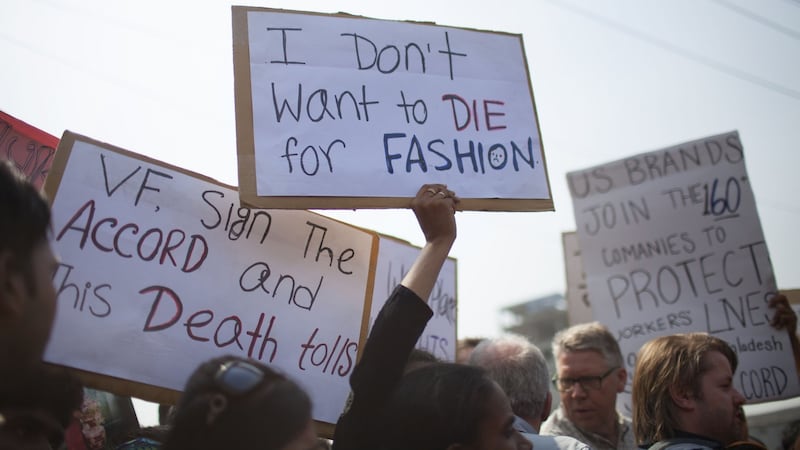
Textiles economy
The equivalent of one rubbish truck of textiles is landfilled or burned every second, while less than one per cent of clothing is recycled into new clothes, according to a groundbreaking 2017 report from the Ellen MacArthur Foundation, an environmental advocacy organisation set up by MacArthur, a retired English yachtswoman.
An estimated €443 billion is wasted every year on clothing that is barely worn. If nothing changes, the authors of the report predict that the fashion industry will consume more than a quarter of the world’s annual carbon budget by 2050.
A recent inquiry into the sustainability of the fashion industry by the British parliament recommended a 1p tax on each garment as a way to put pressure on companies to stop over-production, but this was rejected last month.
“Today’s textile industry is built on an outdated linear, take-make-dispose model, and is hugely wasteful and polluting,” the report said, presenting “a vision of a new system based on circular economy principles that offers benefits to the economy, society and the environment”.
The vision for this "new textiles economy" is that clothes will be designed differently, worn longer and rented, resold and reused much more often. Materials will be recycled, either to make new clothes or for use as insulation, mattress stuffing or wipe cloths. The report has since been endorsed by some big fashion brands including Nike, C&A, and H&M.
“We have to think about what will happen at the end of life of materials at the design stage,” says Carrie-Ann Moran, head of Rediscover Fashion at the Rediscovery Centre, now the national hub for the “circular economy” – the term used to describe an economic system which aims to minimise waste – in Ireland.
“The problem with the current system is that 70 per cent of materials are synthetically blended [a mix of synthetic and natural materials], which makes them extremely difficult to be broken down for recycling.”
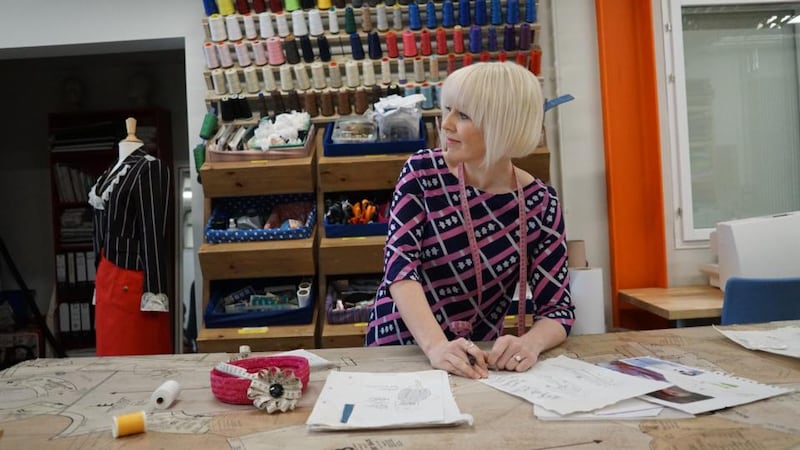
Designers need to create new materials that will be less synthetic and that will not leak microfibres into our water systems, says Moran, who is also the national co-ordinator for Fashion Revolution in Ireland. “Ten per cent of textile waste happens before the materials leave the factory, so we have to tackle this pre-consumer textile waste too,” she explains. New zero-waste pattern practices re-blend natural fibre off-cuts from the cutting room floor.

Natural fabrics
Some clothing companies such as Nike are veering towards at more sustainable materials or using recycled materials in their brands. ASOS, Marks and Spencer and Burberry are also using sustainable or organic cotton and recycled materials in their clothing. The owner of Zara announced this week that all its collections will be made from 100 per cent sustainable fabrics by 2025, with its other brands, including Zara Home, Massimo Dutti and Pull&Bear to follow suit.
English fashion designer Stella McCarthy’s new flagship boutique in London’s Old Bond Street has biodegradable mannequins to display her handmade organic cotton collection.
The idea is that clothing will be “made to be made again” or composed of materials which will decompose naturally after use, such as grape leather made from by-products from the wine industry.
Companies such as Patagonia are leading the way in encouraging consumers to invest more in products that will last longer, with a lifetime guarantee on their clothing to encourage people to buy items that could conceivably last a lifetime. Patagonia also now sells a bag which prevents microfibres from being released into waste water streams when synthetic clothes are washed in a machine.
But the focus on natural fabrics are just one small element of the drive to make the industry more sustainable. Reducing the volume of clothing produced and sold is key.
Speaking at the recent Circular Fashion conference at the Rediscovery Centre in Dublin, Dorothy Maxwell, sustainability advisor for Brown Thomas and Arnotts, said it is "about consuming differently, not just buying and owning new clothes, but also having pre-loved and pre-owned fashion. It's about giving fashion many lives - particularly high quality clothing by renting our wardrobes."
Brown Thomas recently opened a new vintage clothing section in store, and customers can also bring clothes to both Brown Thomas and Arnotts for redistribution through St Vincent de Paul charity shops.
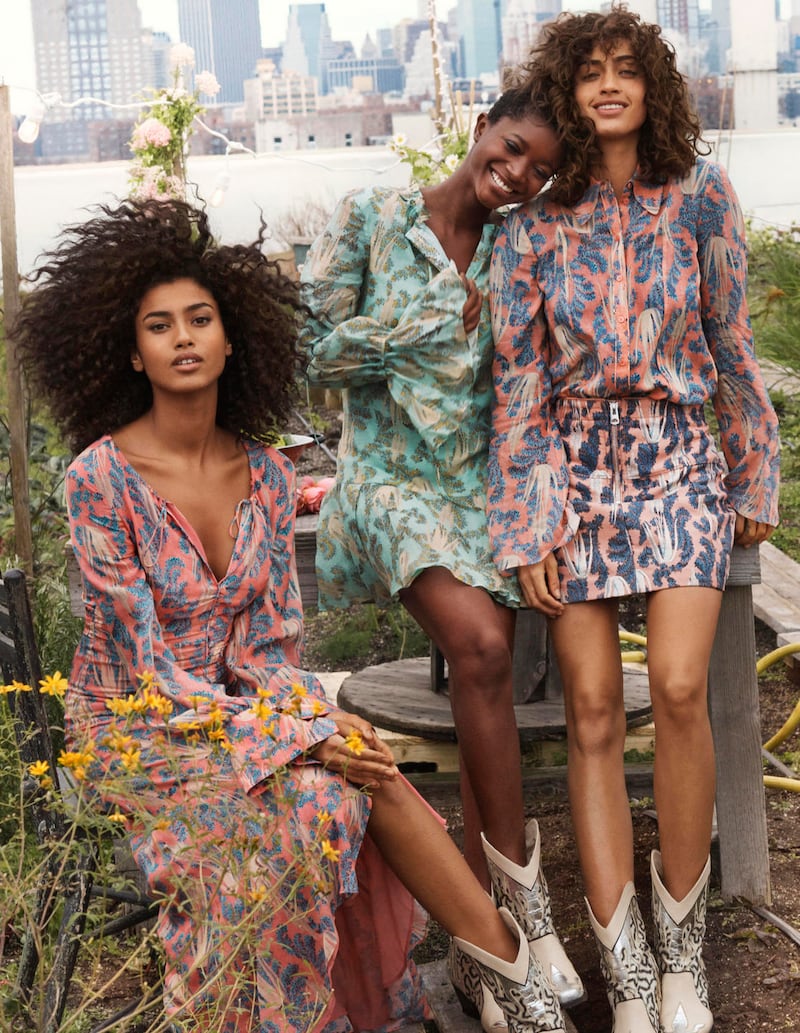
H&M has been taking back items of old clothing in their stores since 2013 through its Garment Collecting recycling programme. In 2018 alone, they collected 20,649 tonnes of clothing.
Their Conscious range contains at least 50 per cent recycled, organic, or lyocell materials, which are produced by environmentally responsible processes from sustainable sources (the exception is their cotton garments, which are made from 20 per cent recycled material).
In April, the brand announced a partnership with the second-hand online marketplace Sellpy, which will see them selling second-hand clothing on their own website. The project will be trialled on the Swedish website of its subsidiary clothing chain and Other Stories.
H&M's head of sustainability Anna Gedda said the company was responding to growing consumer demand for sustainable and ethical retail.
“We see this as a growing part of the industry, with great opportunities both for consumers and not least for the environmental impact, and how we can drastically reduce that by extending the life of the products,” she said.
Climate Queens
In their Climate Queens podcast, Clodagh Kelly and Katie Harrington suggest a few simple ways to get more value out of our clothes, making them last longer and thus reducing our need to buy as much: You can take better care of your clothes – and save energy by machine washing at 30 degrees and air-drying them outside rather than using a clothes dryer. Learn how to repair or re-design clothes you no longer wear by following YouTube videos, or by joining a sewing class.
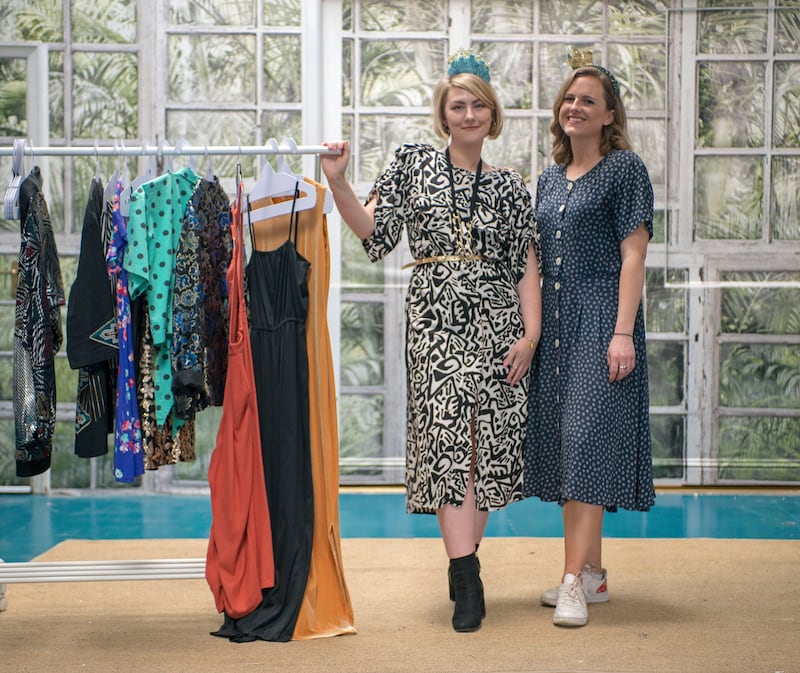
And, you can sort your clothes into four piles – one pile for wearing again, one for swopping or sending to a charity shop, one for items which need fixing or re-sizing, and the last pile for the clothing bank.
Offloading all your unwanted clothes to charity shops and clothing banks may seem like a sensible thing to do, but it is not necessarily the sustainable solution, however. What happens to those clothes when they are dropped off?
"There are about 23,000 tonnes of clothing collected every year by charity shops registered with the Irish Charity Shops Association, " says Claire Downey, national co-ordinator of the Community Reuse Network of Ireland.
"Between 30-50 per cent is sold as second-hand here, and about 30 per cent is sent to textile recyclers, who send it to Africa and Eastern Europe clothing markets." The rest is used for industrial rags, or sent to landfill or incineration.
You don't need 50 dresses, you just need one dress and 50 new friends
But some reports suggest that sending our secondhand clothing to developing countries will result in a glut of clothing in these countries - in the same way as sending our plastics for recycling to Asian countries has resulted in high levels of pollution there.
In his 2015 documentary on the fashion industry, The True Cost, Andrew Morgan estimated that only about 10 per cent of donated clothing in the developed world is sold locally, and that the clothing industry in countries such as Haiti has all but disappeared, because locals buy boxes of imported second hand clothes instead. Markets in some African countries are also closing down because of imported second hand clothing.

Clodagh Kelly, who also runs Swapsies, an initiative that promotes swopping clothes events among groups of friends, says that Ireland should deal with its own textile waste – rather than export it abroad. “We need our own textile recycling facilities in Ireland as well as sending good quality clothing to charity shops,” she says.
Kelly says that the future of sustainable fashion will be about access over ownership. “We only actively use about 20 per cent of our clothes, so we need to look at these new ways of sharing, selling and renting.”
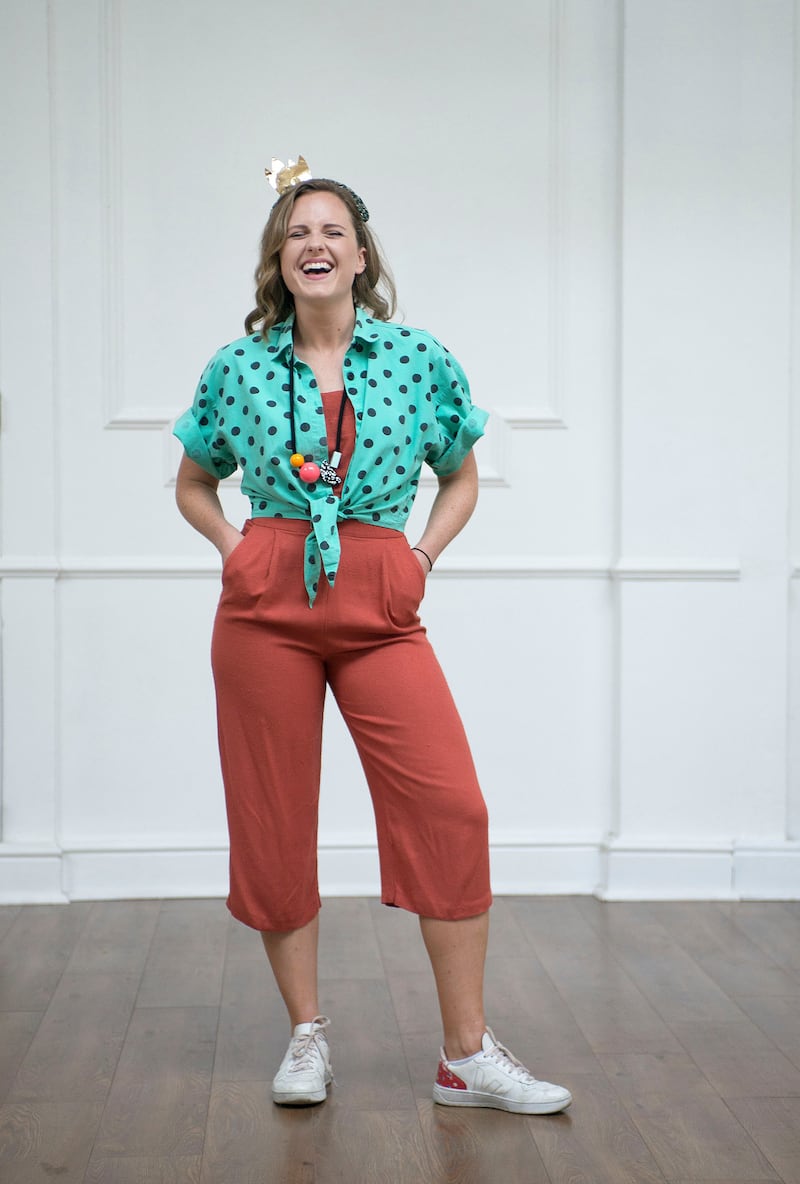
She also recommends people sign up to the Save Your Wardrobe app, which will help you make better purchasing decisions by reminding you what you already have before you buy something new you might not need. The #30wears campaign, which started in the UK, also encourages people to only buy an item of clothing that they plan to wear 30 times or more.
The emergence of sharing and renting clothing websites such as Depop, thredUp, Rent the Runway, Wear the Walk and Nu.Wardrobe is perhaps the most exciting trend in sustainable fashion. Nu.Wardrobe started as a student business idea and is now operating in Ireland and London.
The online platform allows members to share and borrow clothes and return them cleaned to the owner within a specified time. Co-founder Aisling Byrne says the aim is to create a global social network of sharers who can enjoy and circulate fashion. "Young women are already sifting through social media to borrow clothes from people they hardly know. You don't need 50 dresses, you just need one dress and 50 new friends," she says.
And the latest craze to satiate young fashionistas is a virtual clothing sites like digitalcollection.carlings.com, where you can pay to download a 3D outfit "tailored" to an image of you, which you can post on Instagram without ever needing to buy the clothes at all.
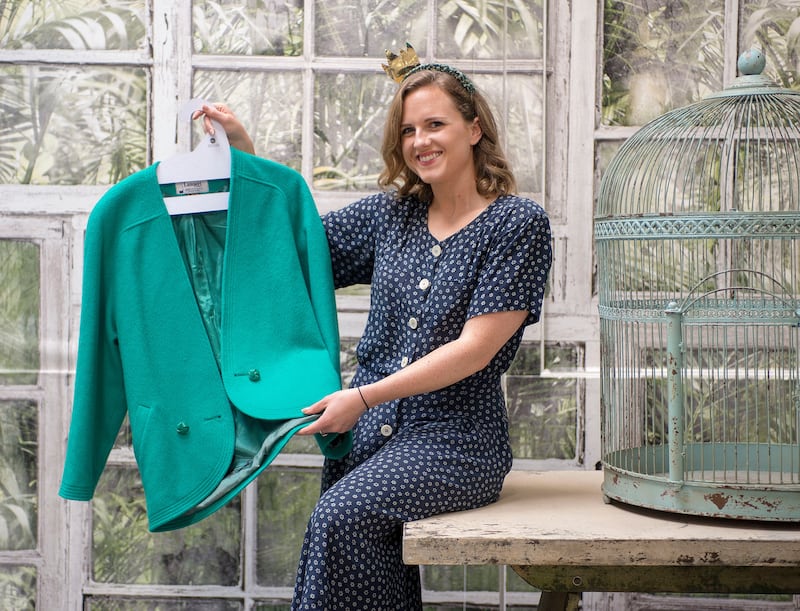
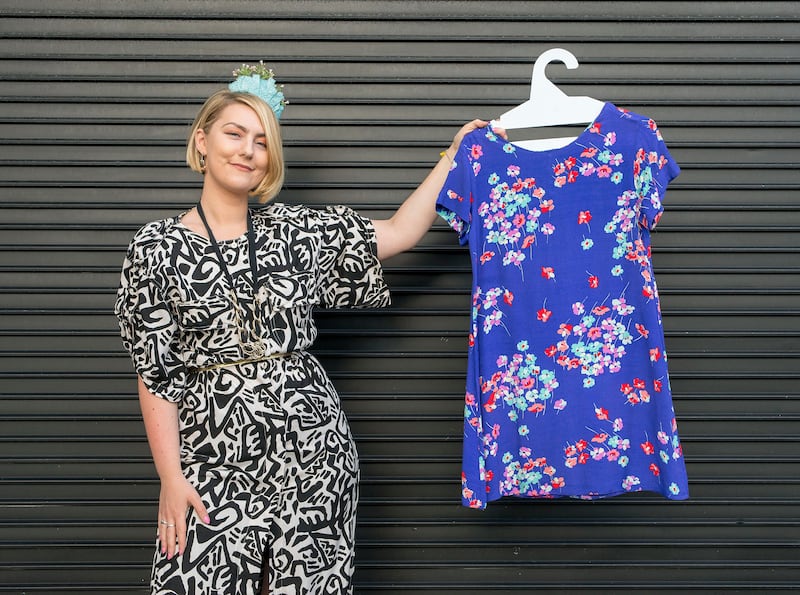
Rana Plaza collapse
The collapse of the Rana Plaza building in Bangladesh in April 2013, where more than 1,100 people lost their lives and 2,500 more were injured, led to the foundation of Fashion Revolution, a global movement working for a more sustainable fashion industry.
"Every time we buy, wear and dispose of clothes, we create an environmental footprint and an impact on the people who make them - most of whom are women," says Carry Somers, co-founder of Fashion Revolution. Followers of the Fashion Revolution are encouraged to use the #WhoMadeMyClothes hashtag on social media to encourage big brands to confront issues around the working conditions of garment workers.
Andrew Morgan’s The True Cost documentary, released in 2015, also opened our eyes to the greed, fear, power and poverty associated with the global fashion industry. In that documentary, Morgan juxtaposes glamourous catwalks and seductive clothing advertising with everyday lives of workers who depend on these low wage jobs in often unsafe working conditions.

There are around 40 million garment workers in the world. Four million of them work in 5,000 factories in Bangladesh alone. It is these garment workers, primarily in Bangladesh and China, who are paying the price of cheap fashion we buy online and in stores.
Safia Minney, the ethical fashion designer behind the People Tree Fair Trade fashion brand, believes that social justice and environmental justice issues need to be dealt with at the same time.
"Most brands start with the look, but we start with the skills at each producer group and design the collections up. Women's development and the environment are central to what we do," she told the first Circular Fashion Conference in Dublin in April. The People Tree brand, which started in Japan more than 20 years ago, sources garments from countries including Zimbabwe, Nepal, Indonesia and Bangladesh.
How to be a sustainable fashionista
1) Look at the clothes you have and separate them into four piles - one pile for wearing again, one for swopping or sending to the charity shop, one for items which need fixing or re-sizing and the last pile for the clothes bank.
2) Organise your wardrobe so you can see what you've got - and arrange tops/skirts/trousers that match together so you can select things more easily if you're in a rush.
3) Only shop when you're feeling energetic, comfortable with your body shape and crucially when you need something new - consider the #30wears campaign which encourages people to only buy something they plan to wear 30 times. Sign up to the Save Your Wardrobe app to help you make better decisions by reminding you what you already have.
4) When you have a special event coming up, first consider borrowing or renting something first. See Swapsies.ie Nu.wardrobe Depop, thredUp, Rent toe Runway, Wear the Walk for ideas.
5) Look after your clothes well by machine washing at 30 degrees, air drying outside if possible and consider repairing or re-designing clothes you no longer wear.
Thanks to the Climate Queens, Clodagh Kelly and Katie Harrington for some of these tips























